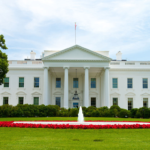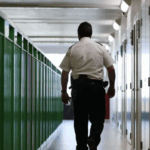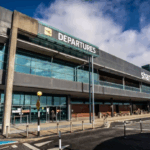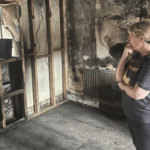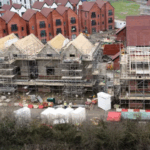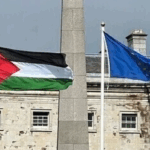Italy was the first country outside Asia to face a major outbreak of Covid-19, bringing its bustling streets and iconic tourist landmarks to a standstill as the virus spread uncontrollably.
The crisis began in late January 2020 when two Chinese tourists in Rome tested positive for the virus. Despite swift government action—including halting air travel to China and declaring a state of emergency—the measures failed to contain the outbreak. By February, cases had surged in the northern regions of Lombardy and Veneto, and on February 22, Italy recorded its first Covid-related death.
As infections spread across all regions, Prime Minister Giuseppe Conte escalated restrictions. On March 9, the government announced a nationwide lockdown, suspending all sporting events and closing non-essential businesses. A country known for its vibrant social culture was suddenly deserted. Italian newspapers ran stark headlines, such as Tutti a casa! (“Everyone stay home!”).
Photojournalist Laura Lezza, who documented the crisis, recalled how the transformation was almost immediate. “From one day to the next, the country changed. It was like a war,” she said. She described eerie scenes of empty streets and long supermarket queues, where people stood two meters apart. Even cafés, a staple of Italian life, shut their doors by the evening of March 10.
Lezza, working for Getty Images, was among the few permitted to move freely during the lockdown. However, she had to provide proof of authorization, as police and carabinieri patrolled the streets to enforce the restrictions. The country’s most visited sites, including the Leaning Tower of Pisa, the Colosseum, and St. Mark’s Square, were eerily vacant.
On March 17, a striking image emerged from Pisa—a sanitation worker in full protective gear disinfecting the empty plaza surrounding the Leaning Tower. Authorities had ordered daily cleaning of public spaces to curb the spread of the virus. The mayor of Pisa assured residents that disinfectants used were safe for people and pets, but the sight of workers in hazmat suits underscored the gravity of the crisis.
Lezza noted how quickly public perception changed. Before the lockdown, she covered a carnival where mask-wearing was a rarity. Yet, within weeks, fear of the virus altered social interactions entirely. Even as a photographer, she had to find new ways to work, as people became wary of close contact.
She recalled capturing a group of football fans embracing after a Livorno-Pisa match, just days before restrictions were imposed. “For months, I thought, ‘That was my last picture of people hugging,'” she reflected.
Italy’s first Covid-19 wave was devastating, with thousands of lives lost and an economy brought to a halt. The country became a grim warning for the rest of the world, as other nations scrambled to prepare for what was to come. Today, the memories of deserted streets and masked workers remain a powerful reminder of the pandemic’s early days.





